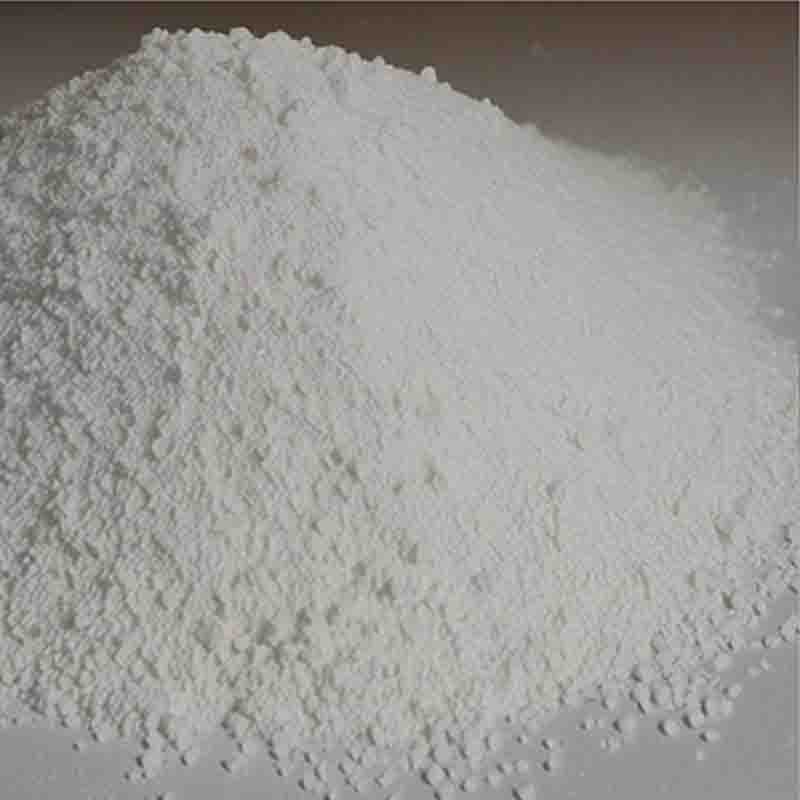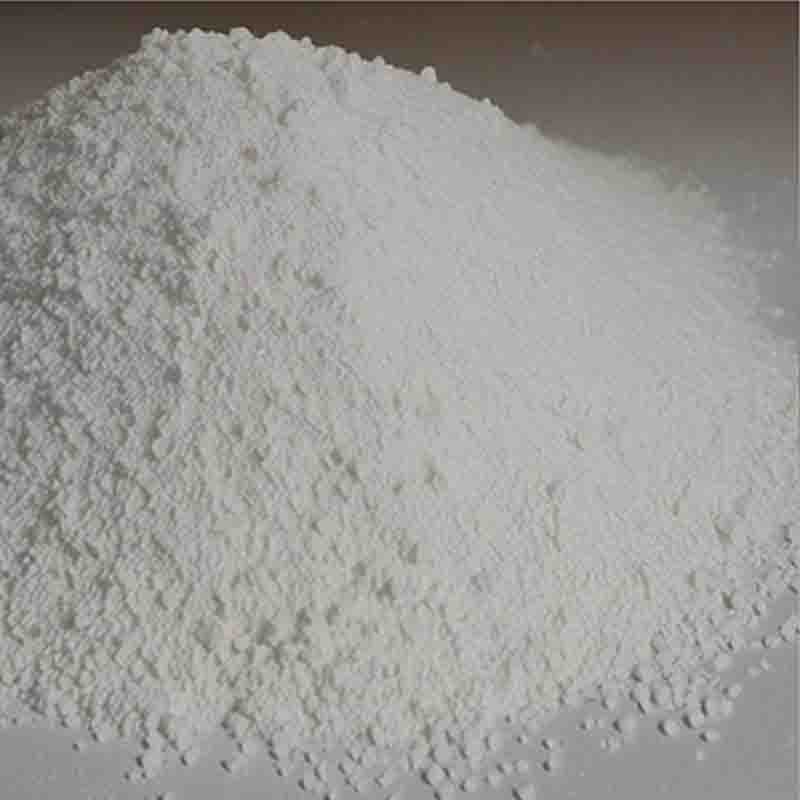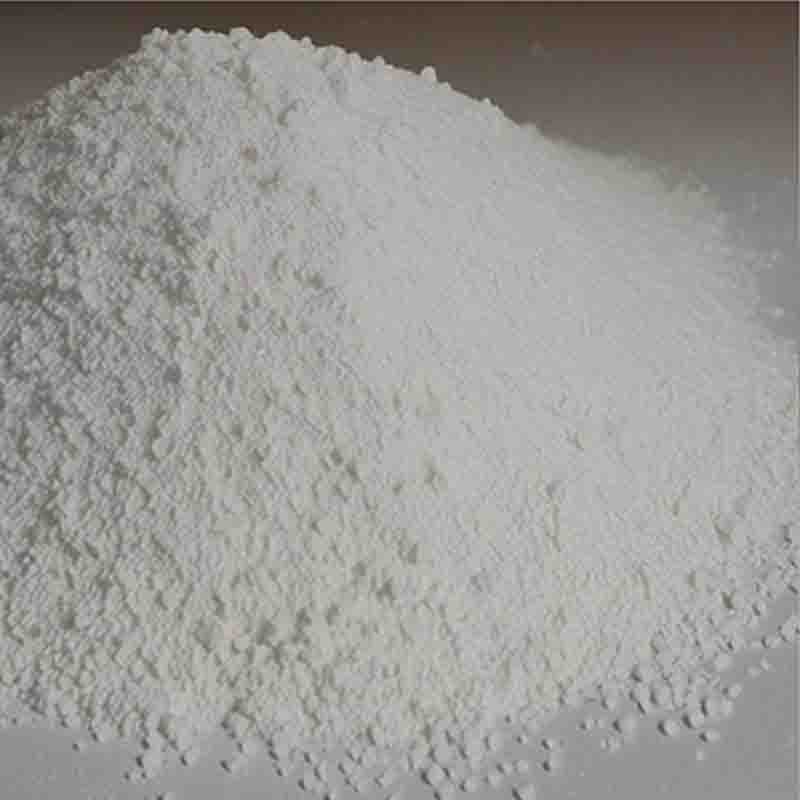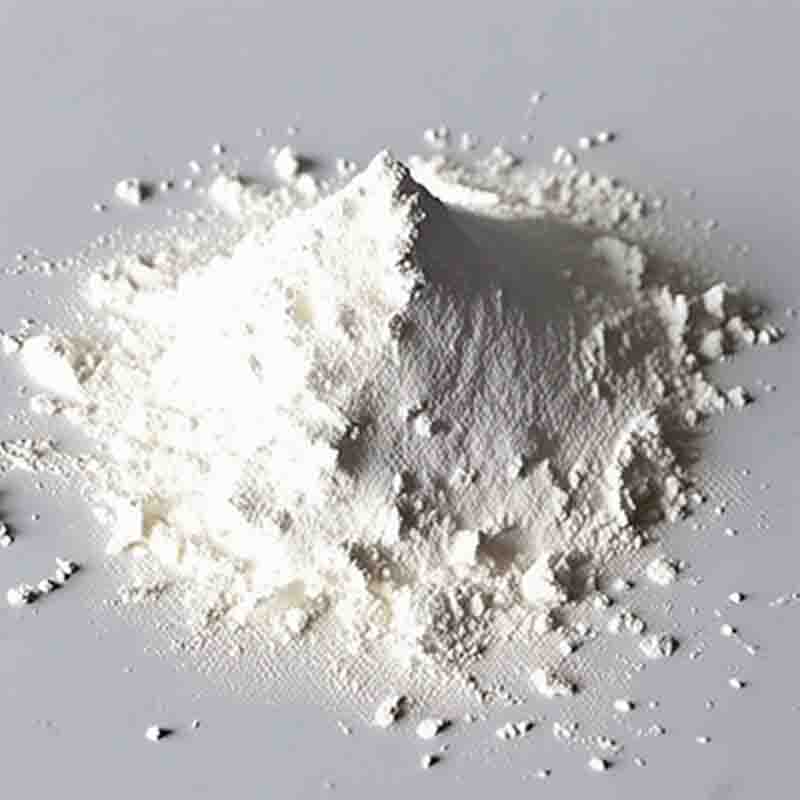8-Bromo-3-methyl-xanthine CAS: 93703-24-3
| Catalog Number | XD93621 |
| Product Name | 8-Bromo-3-methyl-xanthine |
| CAS | 93703-24-3 |
| Molecular Formula | C6H5BrN4O2 |
| Molecular Weight | 166.14 |
| Storage Details | Ambient |
Product Specification
| Appearance | White powder |
| Assay | 99% min |
8-Bromo-3-methyl-xanthine, also known as 8-BMX, is a synthetic compound belonging to the group of xanthines. Xanthines are a class of compounds that are structurally similar to caffeine and have similar effects on the body. However, 8-BMX specifically is not commonly used or well-known compared to other xanthines like caffeine or theophylline.One of the primary uses of 8-BMX is in scientific research as a selective antagonist of adenosine receptors. Adenosine is a naturally occurring compound in the body that acts as a neuromodulator and plays a role in various physiological processes, including sleep regulation, inflammation, and cardiovascular function. By blocking the adenosine receptors, 8-BMX can alter these processes and provide researchers with valuable insights into the role of adenosine in different systems.Through its antagonistic activity on adenosine receptors, 8-BMX has been studied for its potential effects on the central nervous system. It has been used in research on anxiety, depression, and neurodegenerative diseases like Parkinson's and Alzheimer's. By blocking adenosine receptors, 8-BMX may modulate neurotransmission and potentially have therapeutic implications in these conditions. However, it should be noted that the use of 8-BMX in these studies is largely experimental and has not translated into widespread clinical use.Apart from its impact on the central nervous system, 8-BMX has also been utilized in other areas of research. For example, it has been used as a tool to study the role of adenosine receptors in cardiorespiratory function and to investigate the effects of adenosine receptor antagonists on the heart and lungs. Additionally, 8-BMX has been investigated for its potential in modulating the immune response and reducing inflammation.It is important to note that while 8-BMX has been studied for its potential uses and effects, its practical applications outside of research settings are limited. As a synthetic compound, it is not commercially available for general use or consumption. In the pharmaceutical industry, other xanthines like caffeine or theophylline are more commonly utilized due to their established safety profiles and well-known effects.In conclusion, 8-Bromo-3-methyl-xanthine (8-BMX) is a synthetic compound used primarily in scientific research as a selective antagonist of adenosine receptors. It has been studied for its potential effects on the central nervous system, cardiovascular function, and inflammation. However, its practical applications outside of research settings are limited, and other xanthines like caffeine are more widely used and recognized.








![5-PyriMidinecarboxylic acid,4-[[(3-chloro-4-Methoxyphenyl)Methyl]aMino]-2-[(2S)-2-(hydroxyMethyl)-1-pyrrolidinyl]-, ethyl ester CAS: 330785-83-6](https://cdn.globalso.com/xdbiochems/白色粉末2226.jpg)
